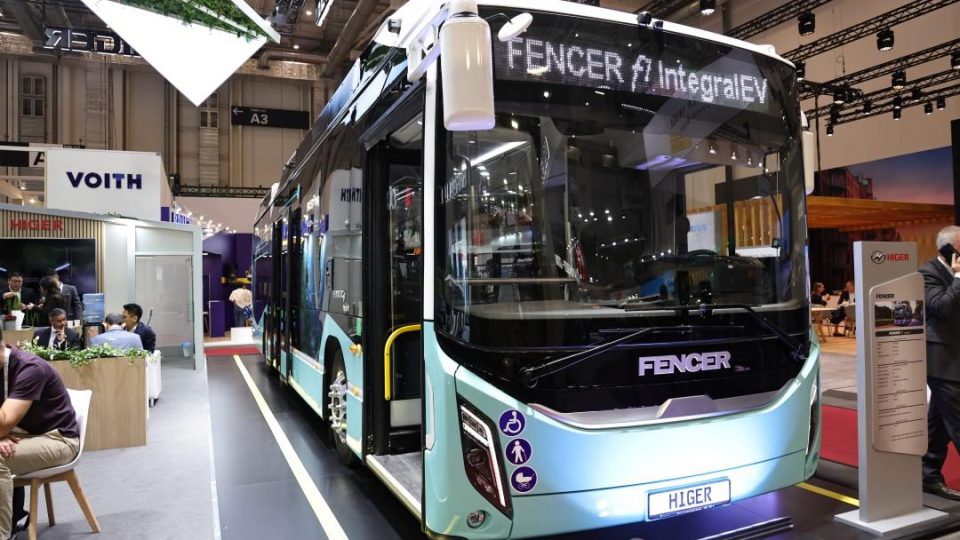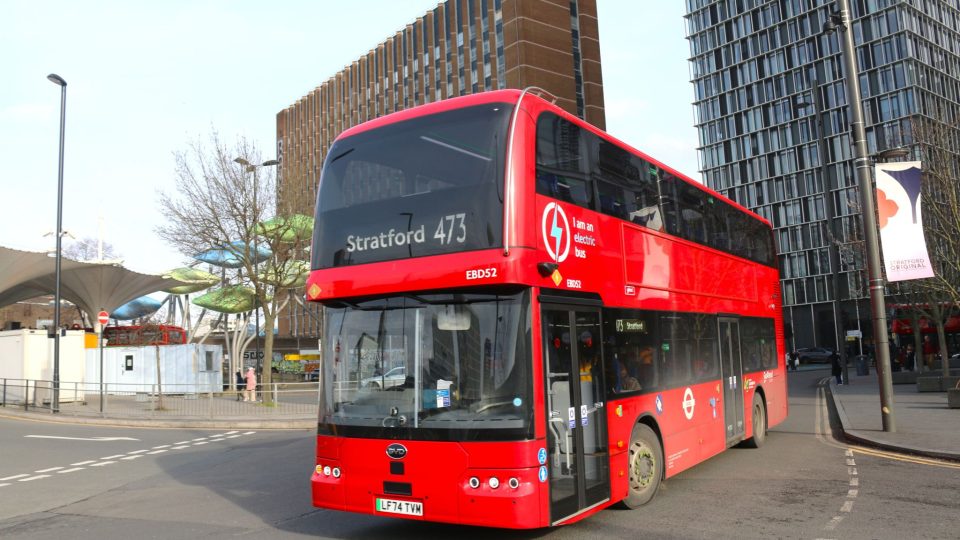BVG Berlin towards 2030: 25 per cent more buses in the future full electric fleet
Berlin targets a 100 % zero emission bus fleet by 2030. Last week, the city’s senate has approved a new 15-year direct award contract with the state-owned public transport company. It is worth up to 19 billion euros and, as reported on the International Railway Journal, it includes 450 million euros for the operation of 227 […]
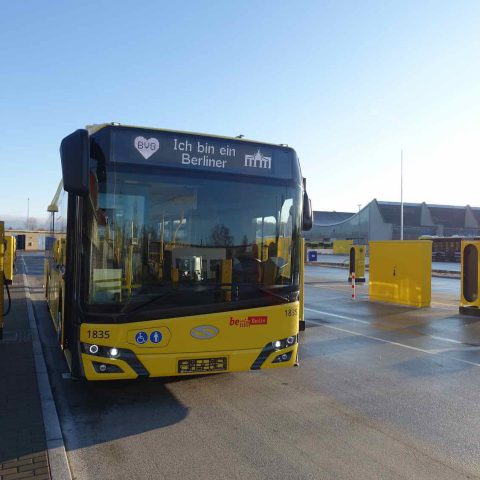
Berlin targets a 100 % zero emission bus fleet by 2030. Last week, the city’s senate has approved a new 15-year direct award contract with the state-owned public transport company. It is worth up to 19 billion euros and, as reported on the International Railway Journal, it includes 450 million euros for the operation of 227 e-buses.
Jannes Schwentu, BVG Berlin spokesperson, outlines the roadmap and the challenges of the energy transition process concerning Berlin’s bus operations.
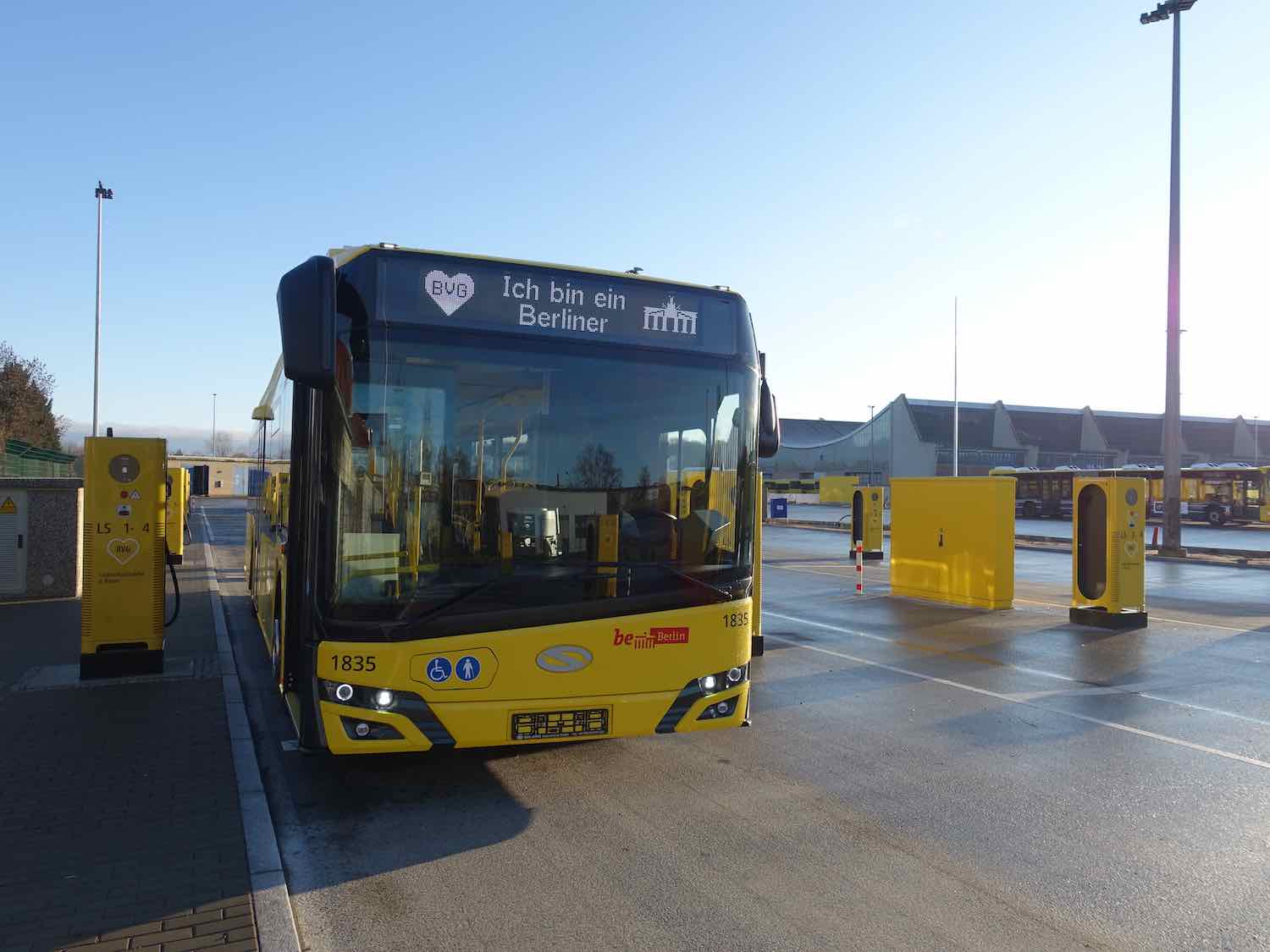
Jannes Schwentu: BVG and learnings along the way
Mr. Jannes Schwentu, which lessons has BVG Berlin learnt so far during the first electric bus deployment?
Jannes Schwentu: «First and foremost: E-mobility can be implemented successfully in a modern urban bus fleet! Both our drivers and our passengers react very positively to our e-buses. Of course, implementation of a new technology, especially on such a large scale, always leads to learnings “along the way”. As with every change process, it is therefore very important to stay in close contact with all relevant stakeholders – be they internal or external, e.g. the Berlin Senate as well as vehicle and technology manufacturers».
A major deployment of e-buses is scheduled this year, with 107 buses to be delivered. Is this correct? How is BVG getting prepared to operate this fleet? And which will be the next steps?
«Yes, that is correct: 90 single-decker buses and 17 articulated buses will be delivered, in addition to the 31 single-decker e-buses we already have from previous years.
With these new vehicles arriving, more and more lines are (partially or fully) operated with e-buses. This sommer, we will start e-bus operation on prominent inner-city line 200 with the articulated vehicles. Unlike our single-decker e-buses, these vehicles will be charged at the end stops, not exclusively at the depots.
Work is ongoing regarding our e-bus depot concept for the South-East of Berlin. Also, a pilot project with trolley buses in Spandau is being prepared».
Which target have you set in terms of energy transition of the bus fleet?
«The Senate of Berlin has put out the goal of a 100 percent locally emission free bus fleet by the year 2030».
According to you estimate, how many BVG routes, today, could actually be operated via battery-electric buses, considering range and stopover times requested by the models now available?
«In theory, even with today’s technology, our bus fleet could be operated electrically. Depending on the type of technology used, there will be additional costs in comparison to a fleet of diesel vehicles. We therefore optimize our operations along with the constant arrival of new e-buses».
BVG Berlin, the bus fleet will grow
Which is, today, the average age of BVG bus fleet? How do you expect this figure to change with electric buses? Also the total number of buses is set to grow?
«At the moment, our buses have an average age of seven years. It will be lower in the near future because of lots of new vehicles being put into operation. And yes, we expect a growth from now around 1,500 to approxamitely 1,900 buses by the year 2030. The reason for this growth, however, is not solely the electrification but also our projected increase in bus traffic».
A new depot specialized for electric buses is being built in Berlin for 270 e-buses, reportedly. How charging procedures will be organized? In the long-term, are you planning conversion works on other Berlin’s depots?
«Each e-bus will get its own space with a carport-based charging station. Charging, load and general depot management will guarantee an optimal energy supply for the buses. And yes, in the coming years, all depots will be modified accordingly».
How do you expect mainentance costs (and personnel) to change when the electrification of the bus fleet will be completed?
«In the long term, we expect maintenance costs for the drive technology to drop because of its electrification with fewer parts. However, e-buses of course remain buses that have a maintenance need when it comes to conventional parts such as doors etc. We will therefore still need all of our workshop staff».
Which are the estimated costs of Berlin bus fleet electrification? Which kind of business models should be put in place in order to support this financial effort?
«The additional costs when compared to diesel drive depend on the type of e-technology used. We are currently calculating the total costs in accordance with the newest developments. One thing is important to point out: initial costs for electrification of the fleet will be higher than average costs in the long term, as there have to be large initial investments into the infrastructure, i.e. depots and charging technology. Besides our own funds, we make use of several federal- and state-level funding possibilities».
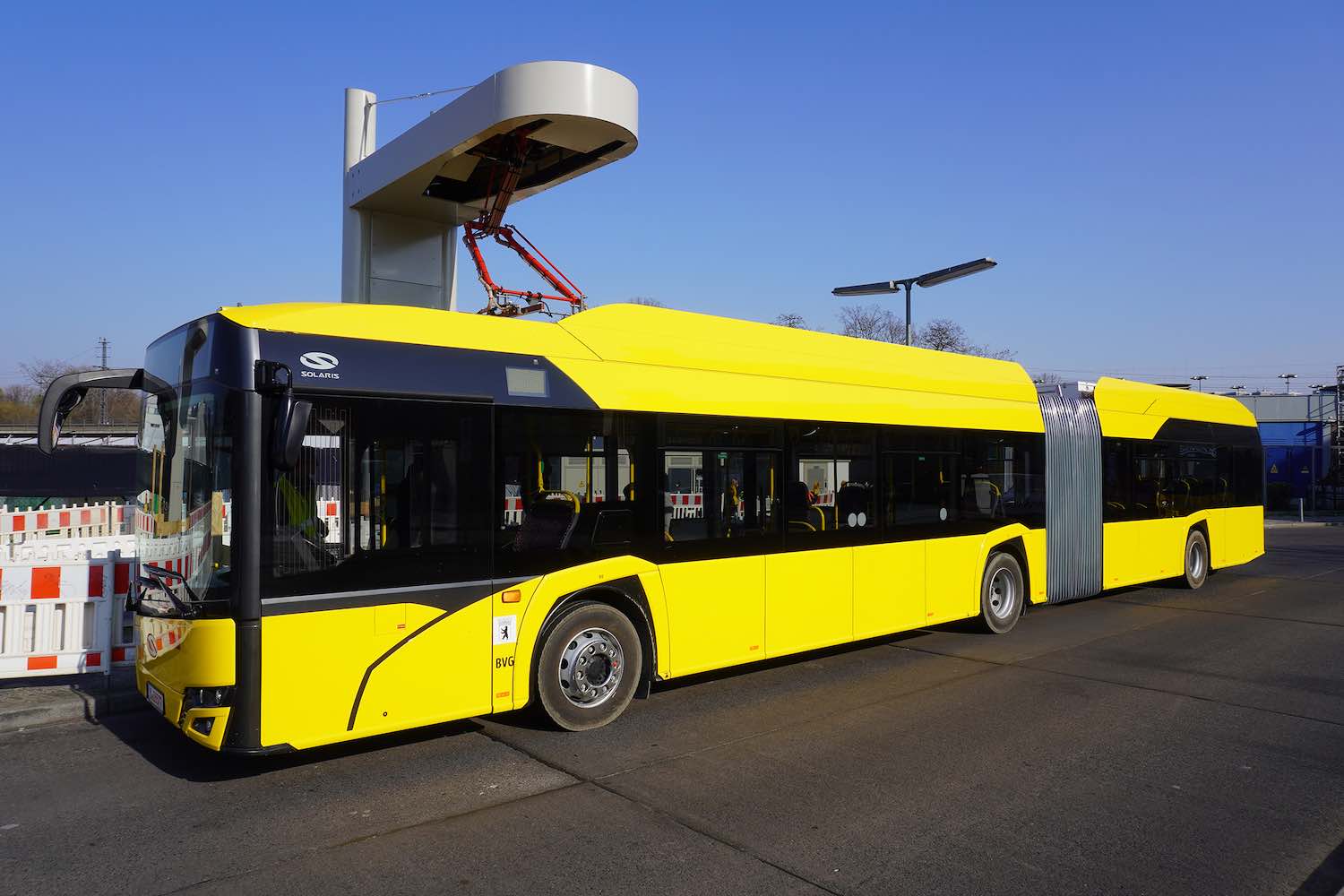
Covid-19 and BVG Berlin, no changes in the roadmap
Is the Covid19-related crisis, with economic losses due to the lockdown, leading to any change in the company strategies?
«Of course, Covid19 has tremendous short and likely some medium term effects on public transport in general. But it is very unlikely that Covid19 will affect the long-term political goal to make our bus fleet locally emission free – just like our U-Bahn and tram fleet».
Berlin public transport network stands out for having several double-decker buses. Do you see greater challenges in the electrification of these?
«To a certain degree: Yes. Our double-decker buses are not only a trademark for the BVG and Berlin in general, but also of a special kind: 13,5 metres in length with three axles. Even with conventional – diesel – models, there is not a very large market. However, a feasibility study will help find a solution for a locally emission free Berlin double-decker bus».
Which will be the place of trolleybuses in the future organization of Berlin public transport network? At ElekBu 2020 a study was presented with regards to a partial installation of trolleybus overhead lines in Spandau district…
«This is correct. As Berlin’s bus network is very heterogeneous, the BVG in the future will have a mix of technologies. In order to determine the optimal mix, we are currently gaining experience with the various technologies».
The German government just issued an ambitious strategy on hydrogen technology. Are fuel cell buses going to play a role in BVG’s fleet?
«As said before: the political goal is set at a 100 percent locally emission free bus operation in the year 2030. However, that does not have to be achieved solely through e-drive technology. Therefore, we of course monitor the development in hydrogen fuel cell technology very closely. At the moment, however, central storage of large amounts of hydrogen poses a challenge. Also, supply of “green” hydrogen is not yet sufficiently guaranteed in Berlin».


